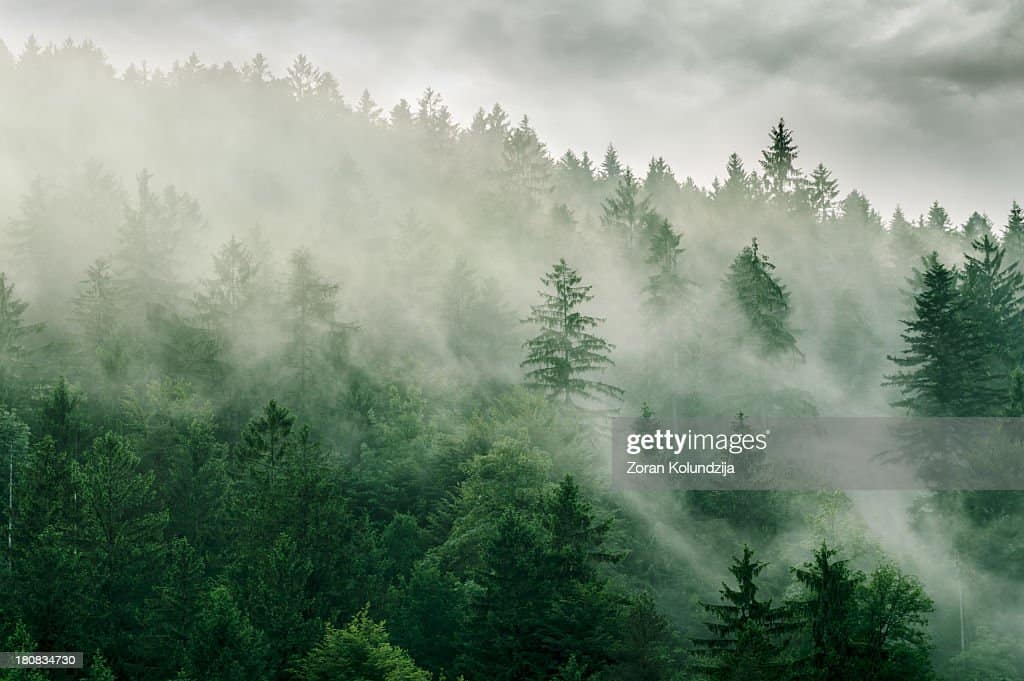Have you ever taken a deep breath of fresh forest air and marvelled at the sweet and refreshing scent of pine trees? Well, it turns out that the smell of trees goes much deeper than that, influencing the weather and the climate around them in ways we never imagined.
Monoterpenes: The Building Blocks of Cloud Formation
Trees produce monoterpenes, a group of organic compounds made up of ten carbon atoms and sixteen hydrogen atoms, which they use for protection against pests and pathogens. The most abundant of these is alpha-pinene, responsible for the unique pine-like scent of pine trees. Trees emit well over 100 teragrams of carbon per year in the form of monoterpenes.
In the atmosphere, monoterpenes quickly combine with ozone and hydroxyl molecules to form cloud condensation nuclei – the beginning stages of cloud formation. Research has shown that monoterpenes can be a significant factor in cloud formation, leading to increased cooling and the potential for rain.
The Different Forms of Alpha-Pinene

Alpha-pinene, a monoterpene, can exist in two forms – plus and minus alpha-pinene, also known as enantiomers. These two forms have the same atoms in the same arrangement, but they are mirror images of each other, similar to the left and right hands. In the atmosphere, enantiomers of alpha-pinene react the same as ozone and hydroxyl ions. As a result, existing climate models do not differentiate between the two.
However, a recent study published in the journal Nature has revealed that these two forms are released into the atmosphere at very different times, especially during periods of severe drought. The researchers looked at the two forms of alpha-pinene in a controlled environment rainforest designed to simulate the Amazon Basin. They found that even under normal rainforest conditions, the different forms were being emitted at other times of the day. During drought conditions, the trees switched how they released the various states, leading the researchers to conclude that existing climate models should differentiate between them.
Conclusion
Trees play a much bigger role in controlling the weather and the climate around us than we previously thought. Their natural emission of cloud-forming molecules in the form of monoterpenes is just one example of how they impact the environment. Further research is needed to understand the complex interplay between trees and the atmosphere fully and to help us better understand how our changing climate is affecting the planet.
Anyway, don’t miss your chance to showcase your knowledge and skills in Science by participating in the Kancil Science Competition 2023, registration is now open!
Registration can be done through our website 👉 CONTESTHUB
This blog post is based on information from SciShow





